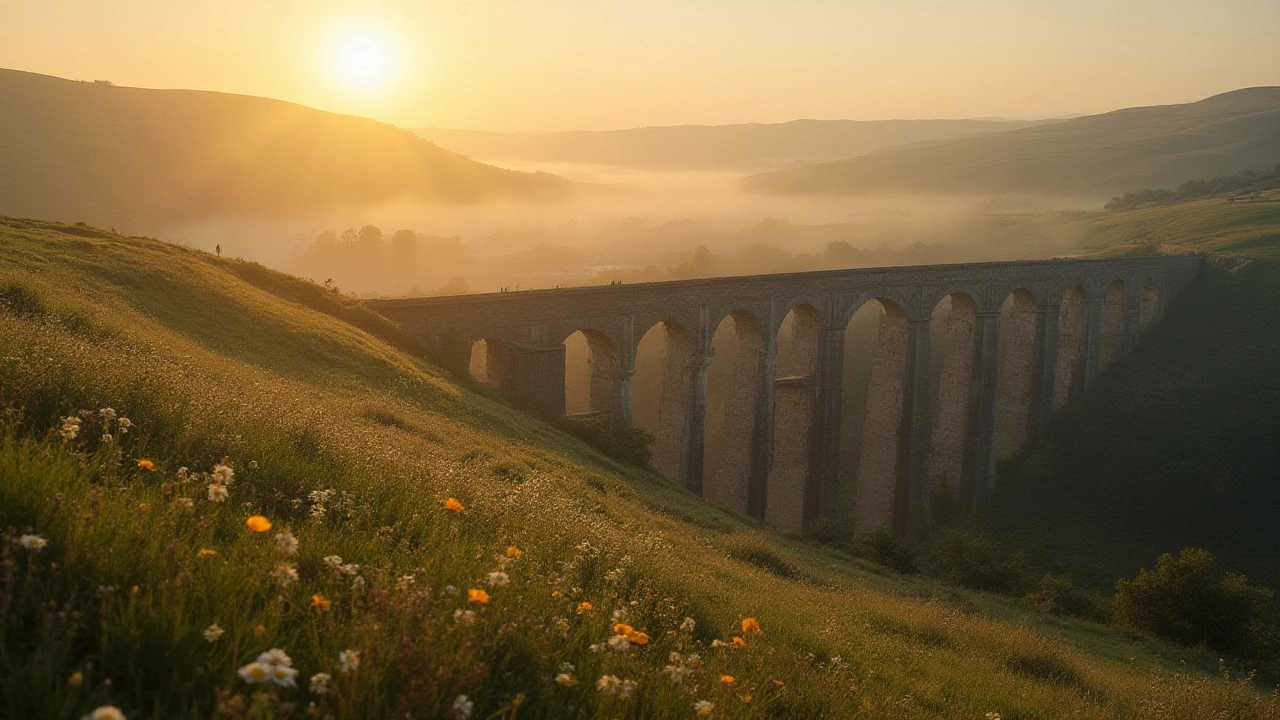Roman history: Architecture, engineering, and lasting legacy
Roman builders left pieces of their world across Europe, the Middle East, and North Africa — from the Colosseum to miles of aqueducts you can still walk beside. If you’re curious about how those old tricks still shape modern design, this tag page collects clear, useful reads on Roman structures, engineering, and the styles that grew from them.
What you'll find here
Start with "Ancient Roman Architecture: Masterpieces, Engineering, and Lasting Influence" for an overview of vaults, concrete, and public works. Follow that with "Ancient Roman Architecture: Inside Its Monumental Legacy" to get practical tips on spotting genuine Roman features. For the later echoes of Rome, check Byzantine, Romanesque, Renaissance, and Baroque entries on this site — they show how Roman ideas were reused and reimagined over centuries.
Quick field guide: spot Roman features
Look for rounded arches and barrel vaults, thick masonry, and early concrete called opus caementicium. Domes with coffering, regular brick or stone coursing, and long, straight aqueduct channels are classic signals. Inscriptions carved in large, formal capitals and reused stone blocks (spolia) tell stories about repairs and reuse. If you see an amphitheater plan — an oval arena with tiered seating — you’re likely near Roman design. These details help you tell Roman work from later revival styles.
When you visit sites, timing matters. Go early to avoid crowds and to see shadows that reveal carved details. Wear sturdy shoes — many ruins have uneven stone and narrow steps. Bring a small notebook or use your phone camera to record inscriptions, brick patterns, and masonry joints; these little observations make later research or reading more rewarding.
Don’t limit yourself to Rome. Try the Pantheon and Colosseum if you can, but also visit less obvious places: the Pont du Gard in France, the aqueduct in Segovia, or ruined forts along Hadrian’s Wall. Museums often hold original fragments and models that explain construction methods more clearly than the ruins alone.
On this site, each article links to related pieces. If you enjoy technical detail, follow posts on engineering and preservation. If you like cultural stories, read the Byzantine and Renaissance articles to see how emperors and popes reused Roman symbols to claim power. You’ll find comparison pieces that explain why a Baroque façade still borrows Roman rhythm and why neoclassical columns look familiar today.
Use the tag page as a reading path: pick one architectural era, follow the linked posts, then take the field guide with you on a visit. Bookmark posts you like and check back for updates — we add fresh examples and photos regularly. Ready to start? Open the featured Ancient Roman Architecture article and keep an eye out for the next on Byzantine and Romanesque connections.
If you have specific questions — about construction techniques, dating a ruin, or tracing Roman influence in your town — use the search box or drop a comment on any post. We reply with sources, maps, or reading suggestions to help you explore deeper without getting lost in jargon today.

Ancient Roman Hidden Gems: Unveiling Forgotten Marvels of Roman Architecture
Explore lesser-known wonders of ancient Roman architecture. Journey beyond the Colosseum and discover hidden gems, quirky facts, and travel tips. History lovers, this is for you.
Read more